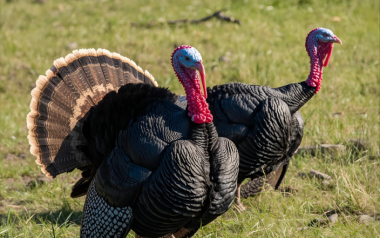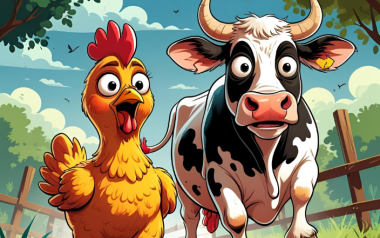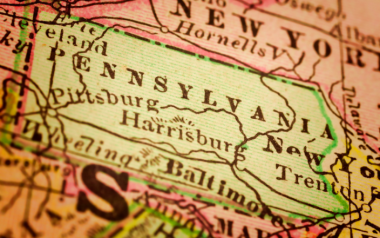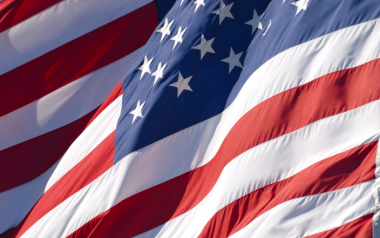Therefore, biosecurity creates an environment in which poultry enjoy their life to the fullest without being disturbed by any intruders that could disturb their health and productivity.
18 Feb 2022
Bioexclusion and biocontainment measures to protect poultry health
Biosecurity refers to procedures or practices to reduce the risk of diseases caused by agents from entering, emerging, establishing, or spreading in a country or a farm...
Biosecurity refers to procedures or practices to reduce the risk of diseases caused by agents from entering, emerging, establishing, or spreading in a country or a farm. All those agents are responsible for birds disease and could impact food security. Explicitly talking about poultry, biosecurity is related to different practices to prevent birds from getting into contact with sources of disease agents like vectors and vehicles of infectious agents that range from people to other animals, feed, and farm equipment.
Once the birds are sick or infected, the biosecurity measure should focus on containing the problem at the initial situation and take control to avoid the spread. Thus, “strict biosecurity programs like:
- all-in/all-out production,
- ‘downtime’ between broods,
- cleaning, and disinfection of the sites, buildings, and equipment, and
- control of the traffic of humans and other animals are important for controlling poultry diseases.”
Among the biosecurity measures, two of the most common are bioexclusion (preventing the disease from entering a facility) and biocontainment (managing a disease once it is on the premises). They are classified as segregation/isolation, movement control, and hygiene/sanitation/disinfection.
These biosecurity measures can be
TO CONTINUE READING REGISTER IT IS COMPLETELY FREE
Access to articles in PDF
Keep up to date with our newsletters
Receive the magazine for free in digital version
REGISTRATION
ACCESS
YOUR ACCOUNT
LOGIN
Lost your password?





































